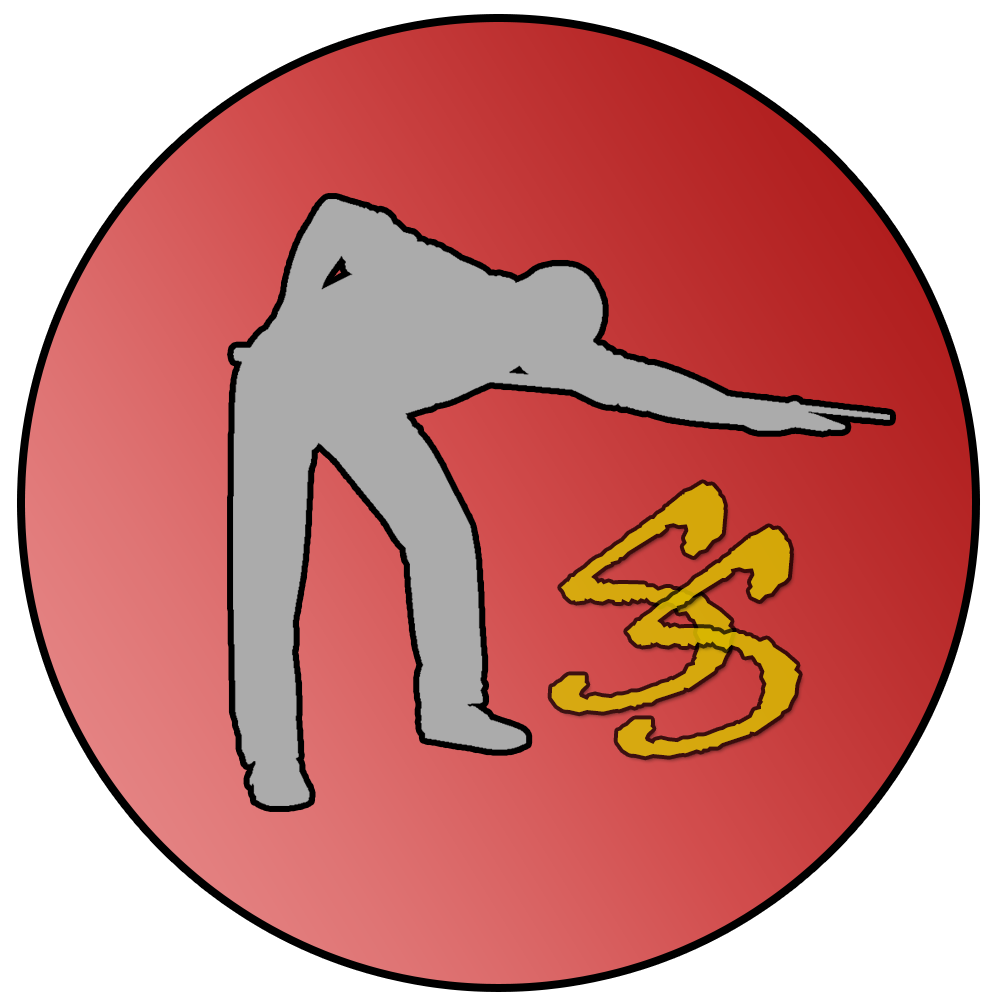Another week, another final, another breakdown involving Judd Trump. In a match not too dissimilar to last year, we were witness to a sequel between Trump and Ronnie O’Sullivan which commentators coined multiple times as ‘The Best in the World’ vs. ‘The Best of All Time’. Did the NI Open final produce a different match since last year?
O’Sullivan found himself playing catch-up to Trump and never found himself in the lead, or even level in the match. Trump led 3-1 and 5-3 after the first session, then maintained his lead throughout the rest of the match despite O’Sullivan coming within one frame consistently through the remainder of the match.
The pressure was applied to Trump by his opponent but his response was what impressed. Each time O’Sullivan came within a frame, Trump kept pushing away, never allowing O’Sullivan to famously string together a few frames. And his initial lead is what helped him defend his NI Open title – making him the first to defend a Home Nation trophy since its branding in 2016/17.
Like the CoC final prior to this, the NI Open final was a high scoring contest consisting of 6 centuries; 16 50+ breaks; and a few maximum attempts. Given their similar playstyles, the interesting part of this match were their differences in break-building. On many occasions, Trump found himself potting his way through a break and into position whereas, O’Sullivan delivered the break-building masterclass we are all familiar with. Although, when you pot like Trump does, why not?
The main reason O’Sullivan didn’t win on Sunday was because of his recent changes in his approach to competitive play. For those who haven’t been watching, he has adopted an exhibition style to his games which affect his shot selection. His long potting wasn’t strong which if it was, and he was playing a little more ‘normally’ with certain shots, particularly early on, would have won him the final. This is the main reason that Robertson was able to overcome Trump one week beforehand.
This isn’t to take anything away from O’Sullivan’s ability to come back into a match; if anything, in recent years he has become more successful in reducing a deficit and turning a match around. However, if there was one single person right now which his exhibition approach wouldn’t work against, it was Trump – the guy who has really been putting meaning in the term ‘one-visit snooker’, having made 45 centuries this season so far – one away from doubling Robertson in second place.
I’ve spoken on him for the past two weeks, so it’s difficult to say anything different about him. But if Trump keeps at this, which it looks like he will be, this could be potentially the best recorded season of any player of all time. There doesn’t seem to be anyone that can stop him from claiming the UK, winning another world title, getting a total of 6-7 ranking events and scoring 100+ centuries.
Obviously, most people are questioning whether Trump can keep up this period of sheer dominance for a significant period of time and that we can only wait and see. And it still seems that the best time to eliminate Trump from a tournament is in the early rounds, as evident by his journey to a deciding frame against James Cahill in Round 1. But 3 weeks, 3 finals and Trump can now finally get a little rest.
Hopefully, O’Sullivan will take defending his UK Championship a little more seriously but if he comes up against Trump again, can anyone see it happening? Trump has the effect on O’Sullivan that O’Sullivan has on everyone else. It takes a similar playstyle to play against O’Sullivan and since the Shanghai Masters in 2017, Trump seems to have his matches against him figured out.





